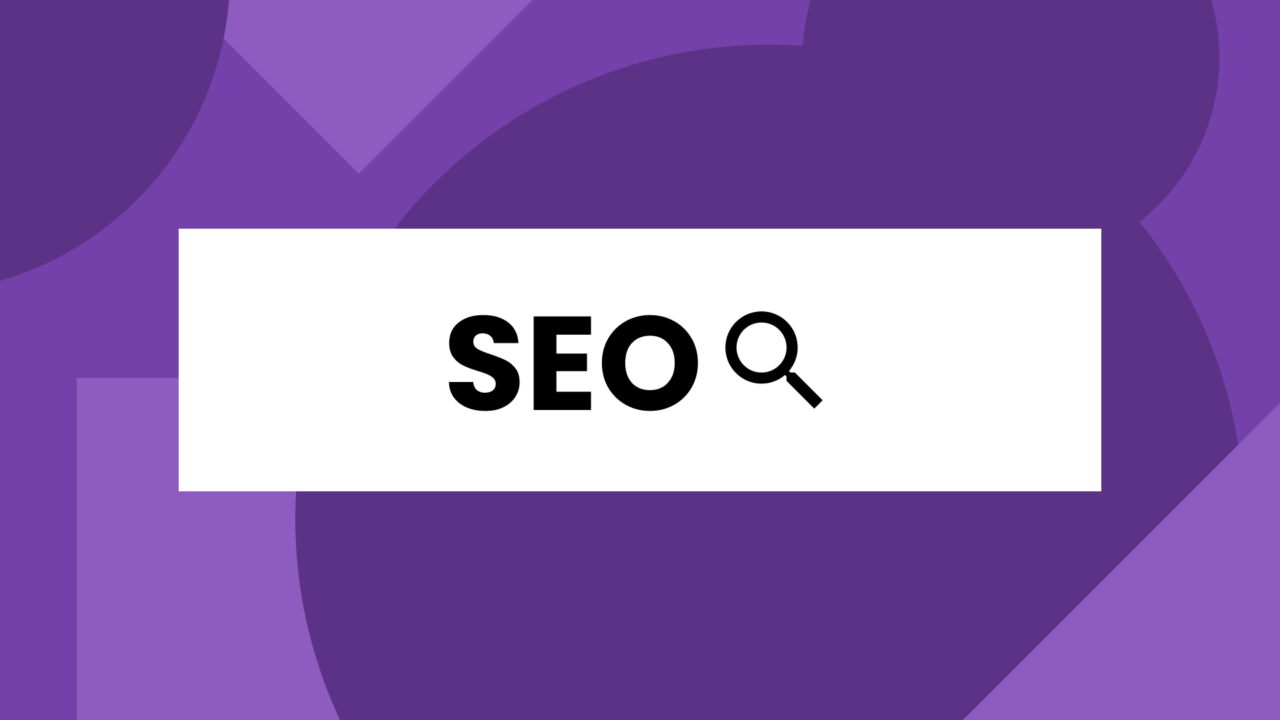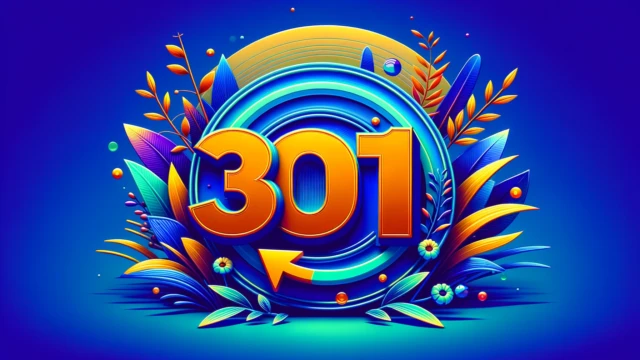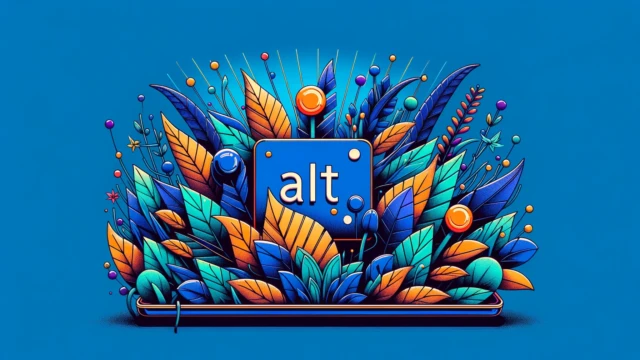SEO is about enhancing a website’s visibility in search engine results, ensuring that when someone types in a query related to your product, service, or content, your website has a higher chance of appearing among the top results.
It’s what you do when you want your website to appear better in Google search results. This guide covers the fundamental concepts of SEO and explains its importance.
What is SEO?
Search Engine Optimization (SEO) is a method of optimizing website and page content to enhance visibility and improve search engine rankings. (Improving results in Google.)
SEO involves optimizing content to make it more discoverable and relevant to search engine algorithms, such as Google’s. It can help improve website content relevancy, likely increasing organic traffic and conversion rates.
By optimizing content and improving user experience, SEO strategies can drive more traffic and increase brand awareness for a relatively low budget. All good stuff.
Importance of SEO
Search engines serve as the primary method of navigation for most internet users. These engines use algorithms to present the most relevant pages in response to a user’s query.
Being at the top of the results enhances visibility and lends credibility to your site. SEO helps:
- Drive Organic Traffic: Organic search is often the primary source of website traffic.
- Increase Visibility: Elevate your brand’s position in search engine results.
- Improve Credibility: Users often see high search rankings as a vote of confidence.
- Provide User-Friendly Experience: Part of SEO is ensuring a smooth and positive user experience.
Types of SEO
SEO is the central concept, but its branches specialize in different skill sets. Let’s explore the main categories:
On-Page SEO
Refers to individual page optimizations. Elements include:
- Content: High-quality, relevant, and fresh content based on keyword research.
- Meta Descriptions and Title Tags: Brief snippets describing the content of your page.
- URL Structure: Logical and readable URL paths.
- Internal Linking: Links that go to other parts of the same website.
Technical SEO
Ensures search engines can easily crawl and index a website. Aspects to consider:
- Website Speed: Faster sites are favored by search engines.
- Mobile-friendliness: Compatibility with mobile devices.
- XML Sitemaps: Guides for search engines, indicating which pages to crawl.
- Robots.txt: Directing search engines on what pages or files they should or shouldn’t request from your site.
Local SEO
Focuses on promoting products and services to local customers. This involves:
- Claiming a Business Listing: Ensuring your business is listed on Google Business, Bing Places, and Apple Maps.
- Receiving Reviews: Encourage satisfied customers to leave positive reviews.
- Local Backlinks: Receiving links from local organizations or directories.
Off-Page SEO
Involves activities outside your website that influence organic traffic:
- Backlinks: Incoming links from reputable external websites.
- Social Signals: Shares, likes, and mentions on social media platforms.
- Brand Mentions: Your brand being discussed or cited on other websites, even without links.
SEO Best Practices
Use these techniques to get started.
- Keyword Research: Determine what keywords and phrases your target audience is searching for, and incorporate them strategically into your website and digital content.
- On-Page Optimization: Optimize your website’s title tags, meta descriptions, headings, and content to include relevant keywords and provide a positive user experience.
- Link Building: Build high-quality backlinks to your website from other reputable websites, which can improve your website’s authority and ranking on SERPs.
- Content Marketing: Create high-quality, relevant, and valuable content that aligns with your target audience’s interests and needs.
- Technical Optimization: Ensure your website is mobile-friendly, with responsive design and fast load times, to provide a positive user experience.
Further Resources
There are many ways to learn more about SEO from outside sources. Here are a few top picks.
- Google’s Starter Guide: Learn the basics from Google.
- Beginner’s Guide to SEO: Moz’s classic resource, a staple
- Search Engine Land: Get SEO news and other marketing information.
- Ahrefs Blog: Helpful guides with strong keyword research knowledge
Bottom Line
SEO is a long-term investment. It requires patience, effort, and persistence but offers a valuable payoff. A well-optimized website drives traffic and establishes your brand’s credibility and authority. As search engines and user behaviors evolve, so will the intricacies of SEO.
Embracing these changes, staying informed, and continually refining your strategies will ensure you stay ahead and get found in organic search.




